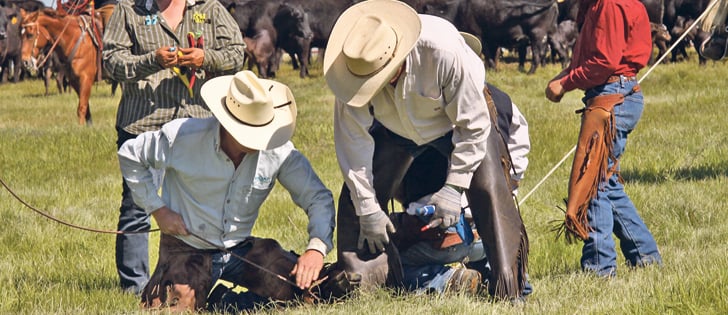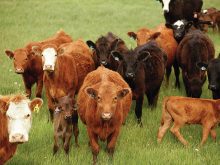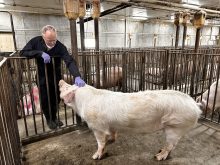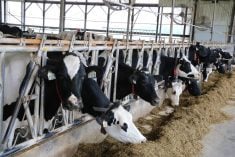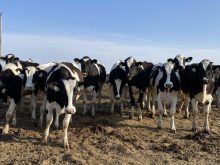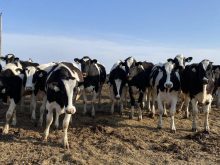The vaccination program at the Western Beef Development Centre costs about $25 per cow annually.
Whether producers consider that a lot or a little, the costs of illnesses, lost productivity and potential spread of disease could be much more than $25.
Kathy Larson, research scientist at the WBDC near Lanigan, Sask., said bovine viral diarrhea costs producers an estimated $78 to $220 million in Canada.
“BVD control needs to start at the ranch level,” said Larson, who was a featured speaker during a January webinar organized by the Beef Cattle Research Council.
Read Also

Farming Smarter receives financial boost from Alberta government for potato research
Farming Smarter near Lethbridge got a boost to its research equipment, thanks to the Alberta government’s increase in funding for research associations.
As an example, she estimated losses on a 150-cow herd that is not vaccinated for BVD.
A five percent lower conception rate would mean eight fewer calves. At a sale price of $1.65 per pound, and if calves were sold at 550 lb., that would mean lost calf revenue of $7,260. That equates to a loss of about $45 per cow annually.
Other stories in this special feature on animal health:
- Benefits of early vaccinations carry on through calf’s life: research
- Vaccinations not a cure-all, but important in prevention
- Pain management important but not straightforward
- Pain relief both ethical and economical
- Nasal vaccines deliver solid infection protection
Larson said the impact of BVD can linger if the carrier in the herd is not detected. A severe outbreak of the illness in Ontario and Quebec in 1993-95 caused losses of about $400 per cow, many of them dairy animals.
From a beef herd perspective, the cost of a persistently infected calf can be $15 to $24 per cow per year due to reduced pregnancy rates and because BVD is usually part of a larger disease complex.
At the WBDC, Larson said the cows are treated with ivermectin in fall and vaccinated for scours in March. They also get blackleg, BVD, IBR, PI3, BRSV and anthrax vaccinations in June at pasture turnout.
Saskatchewan had a major outbreak of anthrax in 2006, when about 800 animals died, said Larson, so that vaccine has been added to the WBDC protocol. It might not be necessary elsewhere.
Calves and bulls get the same set of vaccinations as those listed above, except scours, at turnout. The bulls additionally get fall ivermectin and a spring treatment against foot rot.
At weaning in October, calves receive vaccines to prevent blackleg and respiratory disease.
“Low cost producers … do not cut corners on herd health. It’s an important and necessary expense to keep your cattle and calves free from disease,” Larson said.
“I encourage every producer to work with their vet to determine a vaccination protocol that works for your operation given your area and their knowledge of how you run your operation.”
Contact barb.glen@producer.com




